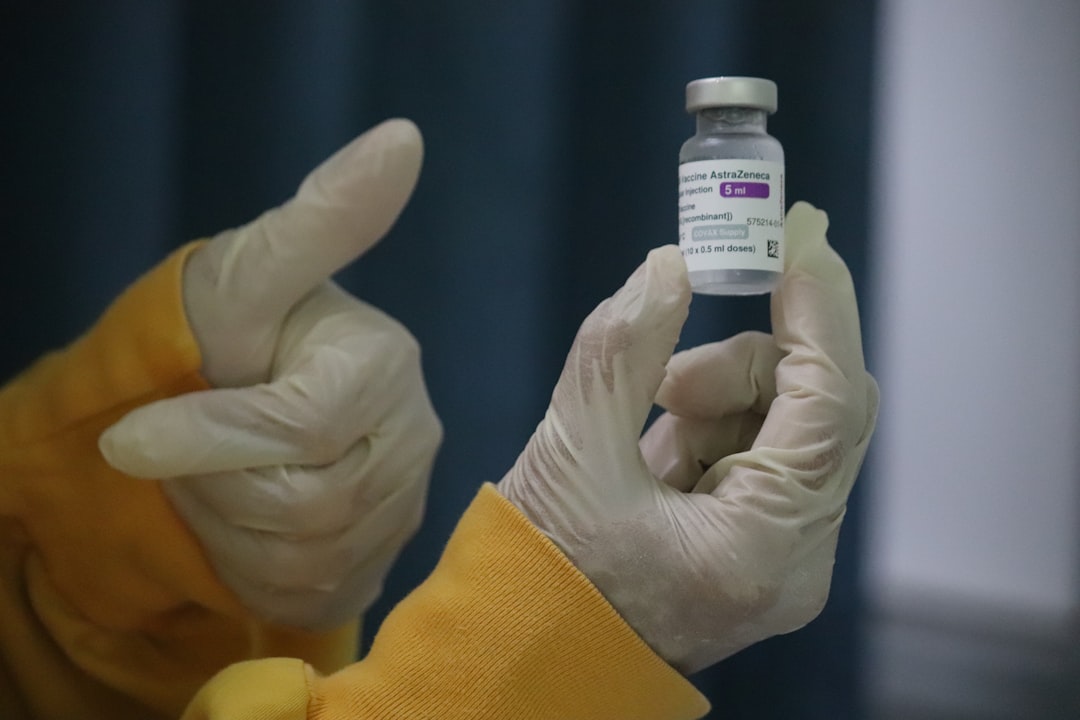What is it about?
Humanity is currently at a tipping point where, if left unchecked, the effects of climate change could have catastrophic and irreversible consequences. Sadly, our long history of inaction and lack of serious global efforts mean that we must now take immediate, aggressive measures to reduce greenhouse gas emissions. The global community has agreed that, we should strive to limit the maximum global warming to less than 2°C and preferably no higher than 1.5 C. But what would be a sound course of action given the circumstances? What technological developments, new policies, and societal shifts are essential to reach global climate objectives before it’s too late? These are some of the questions that . Frank Princiotta, former Research Director of the US Environmental Protection Agency, seeks to answer. Dr. Princiotta has been a highly active speaker on the topic of climate change for many years. In one of his most recent papers, which was published in the Journal of the Air & Waste Management Association, he addresses current challenges and possible strategies aimed at reducing global emissions.
Featured Image

Photo by NOAA on Unsplash
Why is it important?
Each country needs to identify its own opportunities for climate mitigation and pursue immediate action. According to Mr. Princiotta, fully developed countries need to aggressively reduce their emissions and also assist developing countries in their transition to low emission economies. Various key technological sectors will require major funding to reach global sustainability goals. These include solar and wind energy, power storage, nuclear energy, affordable clean hydrogen processes, smart grids, and carbon capture and storage. Moreover, carbon dioxide removal technologies, such as direct air capture, will be necessary to reach the ideal 1.5 °C maximum global warming target. While it is unlikely for the US to achieve net-zero emissions by 2050, model results suggest that a 79% reduction is feasible. For this to become a reality, putting a so-called ‘price on carbon’ would be necessary, alongside dietary changes, widespread adoption of electric vehicles, and advances in electrification, green Hydrogen and carbon capture for the industrial sector. The future of humankind hinges on the decisions that we make today. We must take serious actions to stand a chance against the existential threat that is climate change and leave a habitable world for future generations.
Perspectives
During my 44 years at the USEPA, I had the opportunity to manage and/or conduct research on important environmental problems such as ozone depletion, acid rain, air toxics control, indoor air quality and later in my career on climate change. Without any doubt, climate change is the most challenging and threatening of all these environmental problems. Sadly, humanity's response to this challenge has been woefully weak. I suspect that the major climate related disasters this year (2023): massive flooding, unprecedented wildfires. heat waves, Antarctic ice sheet melting. the sharp rise in Earth's surface in June and July, could provide the "wake up call" we need to deal with this challenge with the priority it deserves. Future generation will "reap from seeds we sow"
Frank Princiotta
Read the Original
This page is a summary of: The Climate Mitigation Challenge-Where Do We Stand?, Journal of the Air & Waste Management Association, October 2021, Taylor & Francis,
DOI: 10.1080/10962247.2021.1948458.
You can read the full text:
Resources
Contributors
The following have contributed to this page










